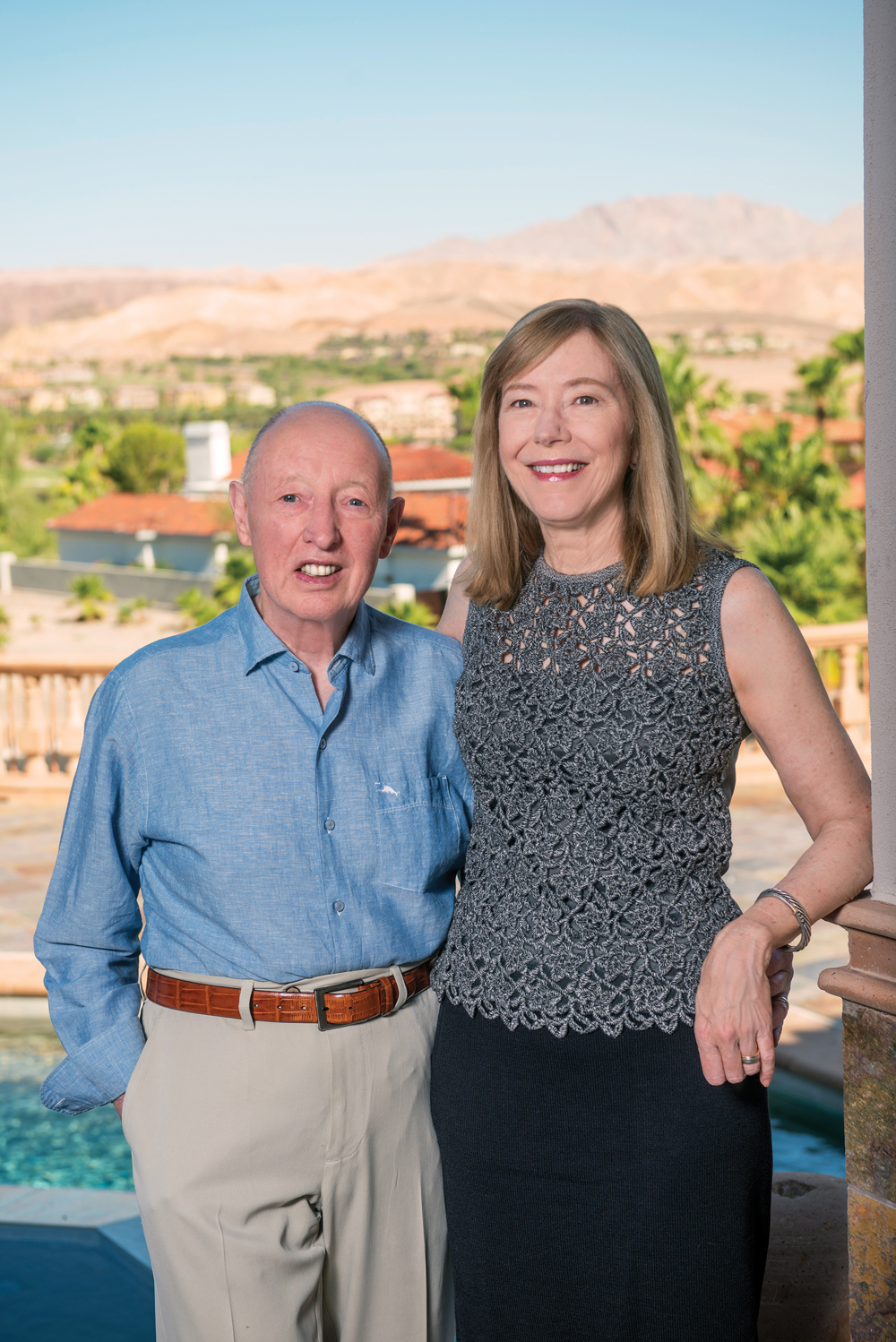
Ron Rohrer ’60 and his wife, Casey Jones, have spent much of their life together pursuing entrepreneurial opportunities and nurturing startups, blending Ron’s engineering background and Casey’s marketing expertise. For this enterprising couple, the hands-on, problem-solving culture of MIT, where Ron earned a degree in electrical engineering, resonates strongly, inspiring them to give to an institution they believe has the power to help shape the future.
Casey and Ron met in the semiconductor industry, Ron’s major focus during a career that alternated between academia and business. Discovering a mutual passion for innovation, they eventually became full-time entrepreneurs, and they have shared the highs and occasional lows of both small and big business.
In establishing both a charitable remainder unitrust and a bequest—both unrestricted—Ron and Casey wanted to plan for their future while supporting solutions to what MIT views as society’s greatest challenges. “We explored other options, but the return on investment on the charitable remainder unitrust has been incredibly impressive over the last 10 years,” says Casey.
They are confident MIT will invest “in initiatives that will have the most positive impact,” notes Ron. “It’s why we think our decision was right for us, our children, and our grandchildren—hopefully changing the world for the better.”
Please consider your own gift to MIT.
For information, contact Amy Goldman:
617.715.2932; goldmana@mit.edu.
Or visit giving.mit.edu.
Keep Reading
Most Popular
Large language models can do jaw-dropping things. But nobody knows exactly why.
And that's a problem. Figuring it out is one of the biggest scientific puzzles of our time and a crucial step towards controlling more powerful future models.
How scientists traced a mysterious covid case back to six toilets
When wastewater surveillance turns into a hunt for a single infected individual, the ethics get tricky.
The problem with plug-in hybrids? Their drivers.
Plug-in hybrids are often sold as a transition to EVs, but new data from Europe shows we’re still underestimating the emissions they produce.
Stay connected
Get the latest updates from
MIT Technology Review
Discover special offers, top stories, upcoming events, and more.